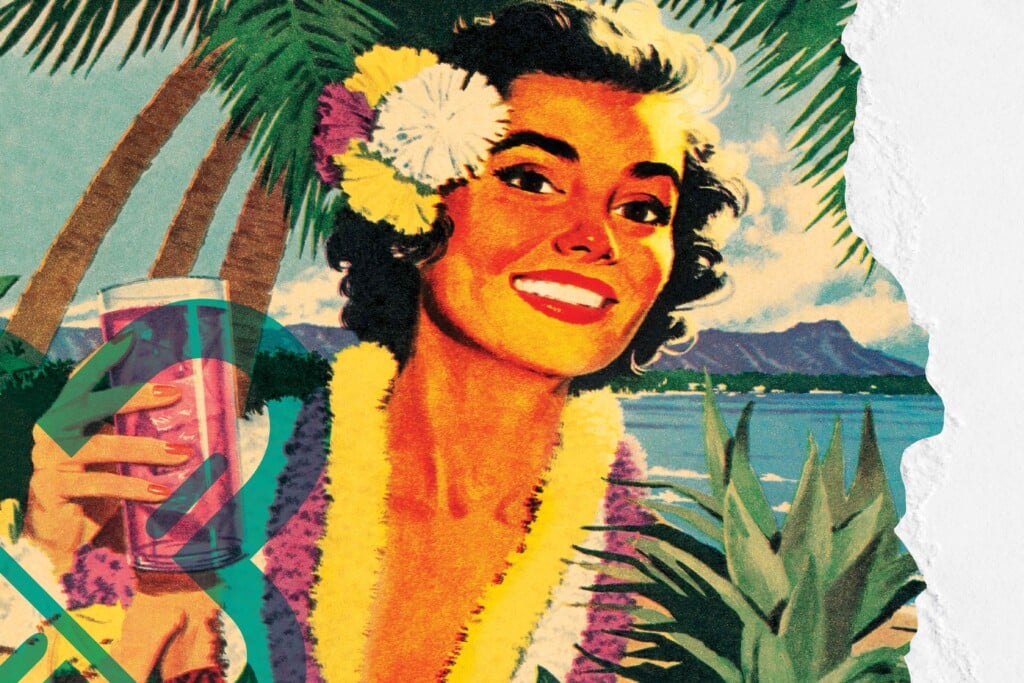A Culture of Giving At First Hawaiian Bank Touches Everyone, Including Tellers and Even Retirees
First Hawaiian Bank's employee giving culture stands out with 98% participation. In 2024, employees contributed $873,987 of their own money, the highest among Hawai‘i companies, while volunteering 11,211 hours. Even retirees continue to give back.

First Hawaiian Bank has been the state’s top corporate donor in all but three of the last 13 years, contributing more than $70 million to charities across Hawai‘i since 2011.
That’s an impressive and consistent record, cherished by the state’s philanthropic community. Reliable corporate giving is the category most celebrated by those who rush to the aid of victims, including groups that helped out after four major disasters in the state over the last seven years.
Not only has First Hawaiian Bank been a perennial top gift-giver for more than a decade, it also shines in another area: money raised by employees, separate from corporate giving. Although the bank’s total corporate contributions in 2024 totaled $5.7 million – second only to Matson’s $7.6 million – the bank’s employees donated another $873,987 of their own cash.
First Hawaiian’s 2,019 employees also volunteered 11,211 hours of their time for charitable work.
The bank staff’s level of community concern and involvement is a point of pride for Bob Harrison, chairman, president and CEO of First Hawaiian Bank, even though the employee fundraising group operates outside of his chain of command.
The employee-run giving program, he says, “just goes miles above everyone else in that category. Others maybe have higher overall in-kind and other kinds of cash donations, but that really does stand out.
“And that’s why when you ask about the culture here about giving, it’s really important. What’s another cool thing is we make it available to our retirees as well, and a number of them continue to give even after they retire.”
Although the employee-led program operates separately from the corporate side, the company offers paycheck withdrawals for those who take part. Employees select a leadership group and choose which charities receive the funds. Last year, employees sent money to about 30 different charities.
The employee group, called Kōkua Mai, is currently led by Kayla Smith, the bank’s marketing programs officer, who has been involved with the program for more than two years.
“We host [an annual kickoff rally] at the start of the campaign so employees can meet nonprofit leaders face to face, hear their stories, and see firsthand where donations are going,” she says. “That connection makes a big difference in how people choose to give as well as how much.
“Branches and departments enjoy creating fundraisers like shave ice and Molokaʻi Bread sales, Zippy’s tickets, book swaps, and even white elephant sales. It has become a fun competition and a shared way for all of us to support our community.”
98-99% PARTICIPATION
In a recent video interview with Hawaii Business, Harrison was joined by a group of executives spread across six time zones. On the monitor, he bears a slight resemblance to Bing Crosby, displaying a relaxed affability and smooth confidence – a style that can sway board members but can also make envious competitors wish he was on their team.
When Harrison suggests to his executives that charitable giving should be at the heart of what the company does, you can envision Crosby’s character in the classic film “White Christmas” rallying the troops for a surprise tribute to their former general. Everyone gladly pitches in.
“You know, there might be a little bit of arm-twisting here and there,” Harrison says with a wry smile about the employee program. “I’m not going to say that never happens, but there’s no way you can get 98-99% of the people consistently giving, year after year” without genuine commitment by employees.
“So, I think that’s pretty incredible,” he adds. “I’ve never heard of anybody at that level of giving before as an organization. Some of these are tellers making $18 to $20 an hour. That’s not a lot, especially in Hawaiʻi, given all the costs and everything,” yet they still give.
PART OF OUR JOB

First Hawaiian Bank employees organize their own fundraising events in addition to corporate giving, and more than 98% of the bank’s staff contribute.
Cameron Nekota, executive vice president at the bank and president of the First Hawaiian Bank Foundation, said the culture of community giving helps make the bank an attractive place to work.
“Part of the reason that I wanted to join the organization was because I felt like it was an organization that cared about Hawaiʻi, its people and its employees,” he says.
He relayed an example of the bank’s philanthropy – supporting a creative plan to address one element of the homeless problem in the state by encouraging self-sustainability.
“We were the first corporate giver to Puʻuhonua o Waiʻanae, which is the homeless encampment at Waiʻanae boat harbor, to move them into land that they had purchased,” Nekota says. “We were the lead $250,000 gift contribution to that effort.”
In 2020, some 200 people who live in makeshift shelters next to Waiʻanae Small Boat Harbor and their supporters raised $1.4 million – enough to buy 20 acres in Waiʻanae Valley – where they are building small, permanent homes. As homes are completed, residents move from the encampment to the houses.
“It was really outside of our natural wheelhouse,” Nekota says. “But again, thinking back to what is our job here – it’s to help impact community. … As an organization, to take a risk on them was something that we debated a lot. At the end of the day, we all came to the conclusion that we want to help move in ways that maybe we haven’t thought of before.”
SHIFT IN STRATEGY

First Hawaiian Bank (Top Corporate Donor #2) was first in employee volunteerism with 11,211 of volunnteer hours during work time or company-sponsored events and $873,987 in employee donations.
The shape of that potential impact took a sharp turn at the start of the year following widespread cuts at the federal level – from grants and aid, to staffing and even the elimination of whole government programs during the first months of the Trump administration.
“It looks like the cuts the federal government is doing are going to be way more than supporters of the traditional nonprofit community are going to be able to [replace],” says Harrison.
He credits Gov. Josh Green and the state Legislature for stepping in to support a $50 million supplement to nonprofit charities.
“We’re going to see where the cracks open up, see what they can fill, and whatever doesn’t work out with their criteria, see how we can support those areas that didn’t get help from those efforts,” Harrison says.
Nekota notes that the bank’s foundation has already seen a record number of requests from nonprofits asking for philanthropic support this year.
“We’re seeing tremendous need based on some of the cuts,” Nekota says. “What the bank is doing directly outside of the foundation, it’s going to be way more than we’ve done in recent memory.”






